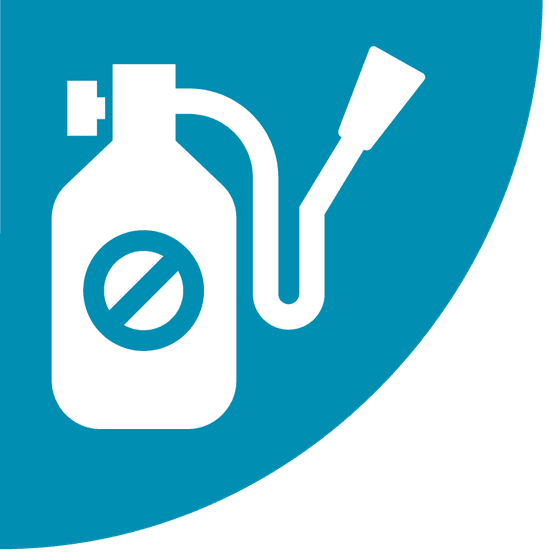EPA: Glyphosate Is Not a Carcinogen, Poses No Risk to Public Health
A press release published April 30 affirms EPA’s position that glyphosate is not a carcinogen and poses no risks to public health when used in accordance with its current label. The release is part of an update on the agency’s review of glyphosate, the active ingredient in a variety of broad-spectrum herbicidal products for residential, commercial, and agricultural uses. Glyphosate is reported to be the most widely used pesticide in the world. EPA says its findings related to human health risk are “consistent with the conclusions of science reviews by many other countries and other federal agencies.” EPA did not conduct a quantitative occupational exposure assessment as part of its review, citing “lack of toxicity via the occupational handler and post-application dermal and inhalation routes of exposure.”
“Occupational risks from currently registered uses of glyphosate are not of concern,” the agency’s proposed interim decision reads.
To address ecological risks identified in its 2017 assessment of the herbicide, EPA is proposing management measures to help farmers target pesticide sprays on intended pests, protect pollinators, and reduce the problem of weeds becoming resistant to glyphosate.
A draft toxicological profile for glyphosate published in April by the Agency for Toxic Substances and Disease Registry states that human exposures to the chemical are to herbicides that contain glyphosate and other ingredients. ATSDR explains that human studies have reported possible associations between glyphosate herbicide use and various health outcomes. However, glyphosate formulations vary in specific components and their relative proportions, which ATSDR says precludes “meaningful comparisons of toxic effect levels.”
In 2015, the International Agency for Research on Cancer classified glyphosate as “probably carcinogenic to humans.” A working group convened by IARC found “limited evidence” in humans for the carcinogenicity of glyphosate but cited a positive association for non-Hodgkin lymphoma. According to the monograph, there is “sufficient evidence” that glyphosate causes cancer in experimental animals.
Several comments on EPA’s human health draft risk assessment for glyphosate, which was released in 2017, expressed concern that the agency’s determination on glyphosate’s carcinogenicity differed from IARC’s. In responses to these comments, EPA contended that its assessment was based on a weight-of-evidence approach and considered more studies than IARC’s.
The U.S. National Toxicology Program is currently researching glyphosate and glyphosate formulations, according to the NTP website.
There is no OSHA permissible exposure limit for glyphosate. In 2017, ACGIH added glyphosate to its “Under Study” list, which includes chemical substances and physical agents to be considered for Threshold Limit Values.
EPA’s proposed decision was published in the Federal Register on May 6, 2019. The public has until July 5, 2019, submit comments. More information about the agency’s proposed interim registration review decision is available in the docket on Regulations.gov.
To read EPA’s press release, visit the agency's website. A PDF of EPA’s proposed interim decision on glyphosate is available online. ATSDR’s toxicological profile for glyphosate can be downloaded from the ATSDR website. IARC’s determination on the carcinogenicity of glyphosate appears in its monograph.
NEWSWATCH
PESTICIDES

“Occupational risks from currently registered uses of glyphosate are not of concern,” the agency’s proposed interim decision reads.

